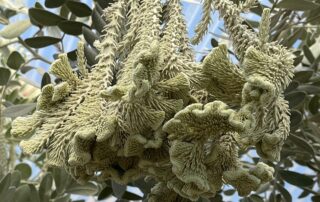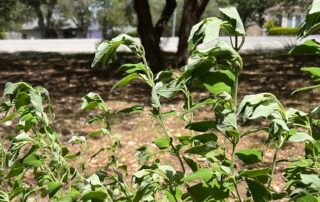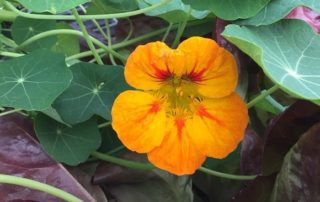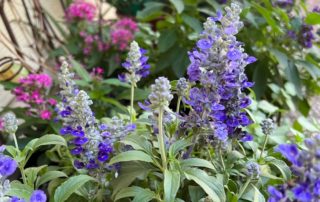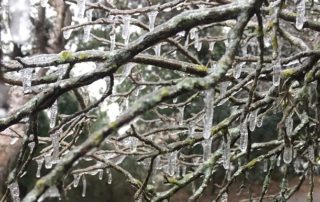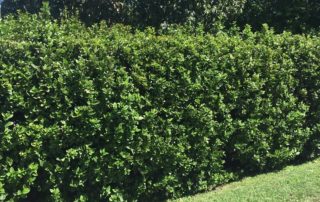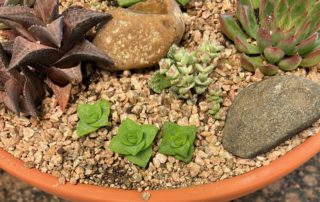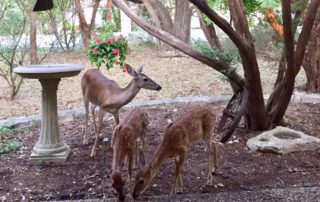Fascinating Fasciation
Plants are always a wonder to me. They come in so many different forms and shapes and colors. As with most living things, they have mutations that occur either spontaneously or as a reaction to an outside agent. Fasciation is one of the most interesting of these mutations that occurs when the tissues in the growing point of the part of the plant called the apical meristem mutates. Fasciation, or cresting as it is sometimes known, can happen in stems, flower heads, fruit, or roots. The causes include viral, bacterial, [...]

